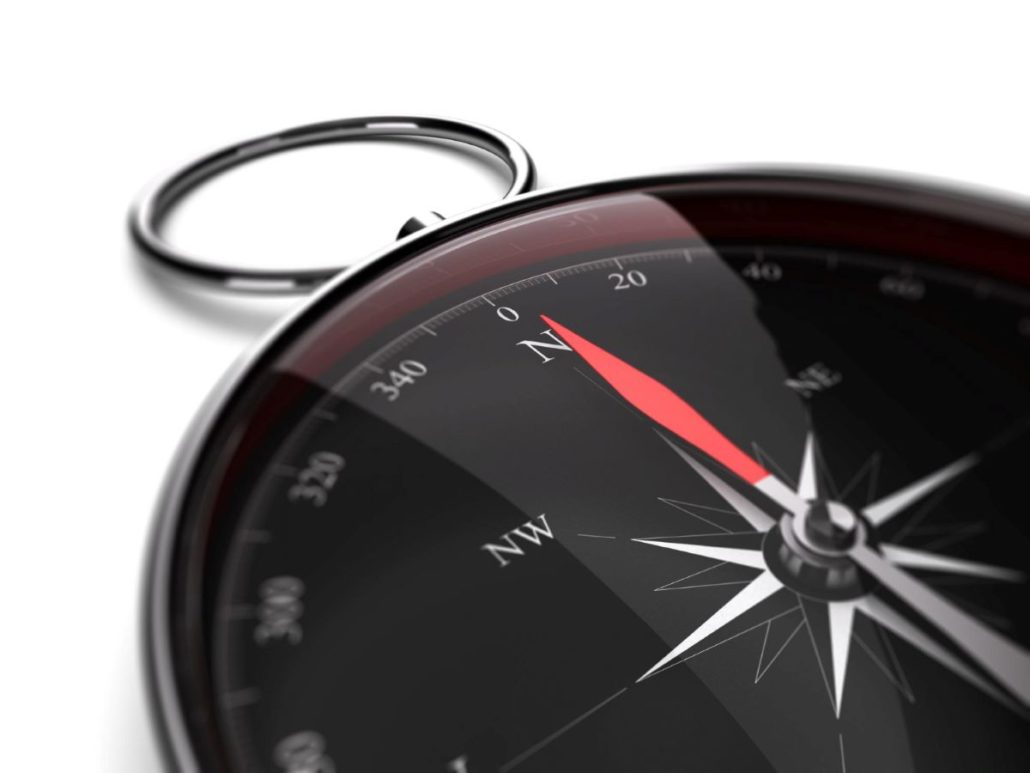
We may not want to admit it, but we’re emotional beings. We attempt to make rational decisions, but despite our best intentions, our emotions continually sway us.
Don’t take my word for it. Mountains of academic literature, articles, and studies explore the importance of emotions in decision-making. More recently, Daniel Kahneman raised mass-market awareness of the issue, showing that we don’t make the rational decisions we think we do. Instead, everything is filtered through our emotions first, through the affect heuristic.
That’s not just true for you…it’s also true for your customers.
If you ask them how they decide which companies to work with and buy from, they’ll likely be able to give you a host of rational answers. But in reality, they made an emotional decision first, regardless of what they said in response to your survey or interview questions.
Of course, this isn’t really breaking news in customer experience. Qualtrics’ XM Institute and Forrester have both been reporting for years that emotions are the most predictive factor in customer loyalty. And for just as long, there have been voices calling on us to measure and manage emotions.
But few have taken up the challenge.
The authors of the 2015 Harvard Business Review article, “The New Science of Customer Emotions,” state that “given the enormous opportunity to create new value, companies should pursue emotional connections as a science—and a strategy. But for most, building these connections is more guesswork than science. At the end of the day, they have little idea what really works and whether their efforts have produced the desired results.”
The article continues, “Although brands may be liked or trusted, most fail to align themselves with the emotions that drive their customers’ most profitable behaviors. Some brands by nature have an easier time making such connections, but a company doesn’t have to be born with the emotional DNA of Disney or Apple to succeed. Even a cleaning product or a canned food can forge powerful connections.”
So those of us in CX should already be well-versed on the importance of emotions. Just take a look at any journey map (any effective journey map, that is) and you’ll see how emotions are prominently featured as key to understanding the customer experience.
Now that we’ve established that we’re all aware of how central emotions are in CX, I have an important questions for you: How are you measuring these emotions?
Odds are, you’re not.
In our interviews with hundreds of CX leaders, we found only a handful who actually measure emotions in the customer experience.
How do they do it? They identify what I call an “Emotional North Star”: one emotion that their program can use as its central point of measurement on the customer experience, and to align the entire organization around a shared goal.
These programs may also use customer satisfaction or Net Promoter Score (NPS), but they use a specific emotion to ensure their program is creating its intended impact. They’ve done the hard work to show that when their Emotional North Star improves, customers are more likely to go out of their way to spend more with them and stay longer – the true definition of loyalty.
For example, Compassion International, which recruits sponsors to support individual children suffering from poverty across the globe, has identified a cluster of four survey questions that predict whether sponsors will continue giving, based on the experience Compassion creates for them.
That organization’s research into the supporter experience indicated that two emotions were critical for sponsors to feel: happiness and delight. Compassion then integrated questions that focus on these Emotional North Stars – along with likelihood to recommend and other measurements – into what it calls “Heartshare,” one of their best predictors of retention.
Ben Webb, Senior Director of Global Experience, says, “When you look at the nature of an experience, emotions are the catalyst for giving. It’s absolutely critical for Compassion to create an experience where our supporters, which are crucial to our mission, feel happy and delighted with their outcomes. So, we started to measure this, and we found it absolutely matters.”
Is that example too B2C for you? Then let’s look at the SaaS company UKG:
Their VP of CX Roxie Strohmenger reports that Confidence is the central emotion that drives customers to not only stay with UKG, but also to add on new products and cost less to serve. Roxie measures four positive and four negative emotions. Then she sees how each correlates with a somewhat different behavior, from increased calls to the contact center to improved upsell receptivity.
I go into more detail about this in my upcoming book, Do B2B Better: Drive Growth through a Game-Changing Customer Experience, which is coming out in just a few weeks, on CX Day. (The book is currently available for preorder, and there’s even still time to join our launch team and take advantage of great exclusive benefits!) There, I explore what successful CX leaders do differently than the laggards, and the Emotional North Stars they’ve identified, including Dow, which measures Enjoyability; Hagerty, which builds an experience around Happiness; and the Department of Veterans Affairs (VA), which found that Trust is the best metric for them.
And you can also hear firsthand about the methods and strategies some of these Change Makers are using to show the business impact of their CX efforts! Join us at the Do B2B Better conference in Minneapolis on October 18, 2022, where Roxie and others speakers will share insights on activities and initiatives that get results.

